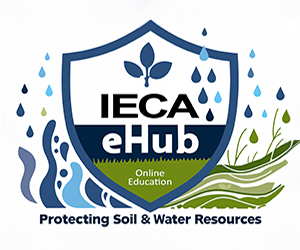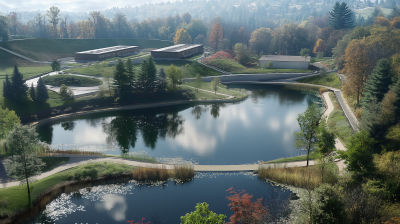
IECA Western Virtual Connection: Wildfire Planning and Remediation in the Western US
- Registration Closed

Hosted by the IECA Western Chapter and IECA Region One
Join us for the IECA Western Virtual Connection: Wildfire Planning and Remediation in the Western US. This event offers three (4) recorded webinars with 3.5 hours of available Professional Development Hours and no cost to IECA members and $45 for nonmembers. This series will focus on wildfire planning and remediation techniques in the Western US.

On-Demand:
- Session One:
First Steps Following an Incident of Wildfire: Development of a Hazard Assessment and Mitigation Plan (HAMP)
Michael Harding - Environmental Scientist
A pre-fire Hazard Assessment and Mitigation Plan (PREHAMP) should be prepared by any community potentially affected by wildfire. Once a wildfire is extinguished, the development of a post-fire hazard assessment and mitigation plan (POSTHAMP) is the first step a fire-affected community must take, regardless of whether there is funding available for implementation of the plan. Both HAMPs are desktop and field assessments that identify the risk and hazard of erosion, sedimentation and flooding that can potentially affect human health and safety, homes and infrastructure. The HAMPs identify potential and real-time critical areas and prioritizes them according to potential impact for treatment. In general, actual remediation of the secondary impacts of wildfire appears to occur on less than one percent (1%) of the fire-affected area.
- Session Two:
Incident Management CalRecycle Specifications and Procedures
Todd Thalhamer, PE, CalRecycle
This presentation will look emergency erosion control measures in the urban interface from wildfires and review what worked and what did not for the Camp Fire in Paradise, California. We will discuss why erosion control measures are critical, how to use “erosion control triage,” and review health and safety issues for erosion control crews. Additionally, we will discuss some proposed changes in the erosion control industry after wildfires.
- Camp Fire; Initial Response Efforts and Emergency Watershed Protective Measures
Radley Ott, P.E. M.S., Assistant Director, Butte County Department of Public Works
The Camp fire in Northern California claimed nearly three times as many lives and structures than any other wildfire in California’s history. The fire took seventeen days to contain, and total damage is estimated to be $17 billion. Environmental impacts from the largest fire in the United States, since the Cloquet fire in 1918, will take months and years to even be realized. The cleanup is estimated to be the biggest debris clean-up since the 1906 San Francisco earthquake, and debris removal is estimated to be approximately $1.2 billion. Radley will be providing an informal presentation on his experiences and activities responding to fire damage and lessons learned to date on the watershed and infrastructure related activities following the Camp Fire. These key activities include integrating large scale abatement and recovery efforts with various local, state and federal entities; implementation of Best Management Practices; addressing heightened risk of physical watershed processes (i.e. rain events); and water quality monitoring.
- Session Three:
A Brief History of Post-Fire Assessment on Non-Federal Lands in California
Pete Cafferata - Watershed Protection Program Manager, California Department of Forestry and Fire Protection
California has a long history of damage from post-fire flooding and debris flows, often denoted as the fire-flood sequence. Post wildfire assessment work has been conducted on non-federal lands in California for more than 60 years. This talk describes how the emphasis has shifted from aerial grass seeding to use of state-led interdisciplinary teams to evaluate fires with potential life-safety and property threats from debris flows, flooding, and rockfall. Using a well-defined screening process that eliminates most fires, this process has been found to be an effective method to notify emergency management agencies of hazards to values-at-risk (e.g., homes, highways, parks). This approach will continue in the future, benefiting from technological advances, improved modeling, and additional monitoring and research.
- Challenges of Post-Wildfire Erosion Control from the Perspective of a Transportation Agency
Logan Moore - Landscape Architect, DOT District 2
This presentation will focus on the challenges of post-wildfire erosion control from the perspective of a transportation agency. During the discussion we will look at right of ways and the limits, evaluate working with other public and private agencies, discuss time restrictions due to weather, soil specific strategies and lessons learned from other fire events. This is an engaging conversation that will close out the IECA Western Virtual Connection.
- Session Four:
Erosion Control and Stormwater Contractor Perspective - Installation and Lessons Learned
Brandon Coppedge and Jay Selby - Selby's Soil | SSEC APEX
An erosion control/stormwater contractor perspective on installation, long term maintenance concerns including BMPs, site stabilization timelines, rainy season mudslides to the latest specs of wood and tac. This presentation will talk about the transformation of fire jobs in the last ten years. Going from aerial seeding to straw bombs and time and materials BFM with seed. Learn about the problems encountered from site accesses to billing. Photos and video from different fires will be shared.
Thank You Sponsors!
Platinum Sponsors


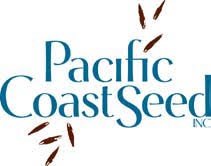

Daily Sponsors





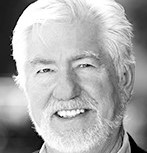
Michael V. Harding
Environmental Scientist
Michael V. Harding is an environmental scientist and one of the leading technical experts in the erosion control industry. A graduate from Purdue University, Michael has over 40 years of experience in erosion and sediment control, resource management, mined land reclamation, wildlife habitat development, and nonpoint source pollution control both in the United States and overseas. He designed and supervised the construction of the San Diego State University Soil Erosion Research laboratory and was its Director from 1999 through 2002. He has contributed significantly to the body of knowledge related to the effectiveness of alternative approaches to erosion control through field and laboratory testing programs.
Michael has played a key role in the emergency soil stabilization efforts for more than eighty wildfire incidents, including the 1991 Oakland firestorm, 1993 Southern California fires, San Diego City/County fires, including the 2003 (Cedar), 2007 (Witch Creek), 2014 (Bernardo Complex) and the 2016 Lilac Fire. He has provided guidance and expert services for the 2016 Tubbs Fire and the 2017 Thomas Fire and the 2018 Woolsey Fire.
Michael is the former President of the International Erosion Control Association and former Chief of Council for that organization’s International Regional Council. He is one of the leading technical authors on subjects related to erosion and sediment control, resource management, and post-fire hazard mitigation and his scientific papers and articles have appeared in publications domestically and overseas.
Radley Ott, P.E. M.S.
Assistant Director
Radley grew up in Central Oregon, and earned a B.S. in Environmental Science and minor in Biology from Willamette University and earned a M.S. in Civil Engineeringfrom Colorado State University in Fort Collins, CO. Radley moved to California in 2008 as an Associate Engineer for the Town of Paradise. He has since worked for Tehama County and in the private sector as a consulting engineer. In 2016, Radley joined Butte County and in the winter of 2017 became the Assistant Director for the Department of Public Works. In this capacity, Radley is involved in road maintenance activities, capital projects and recently has become involved in the tree-removal, watershed, and infrastructure response and recovery efforts following the Camp Fire.
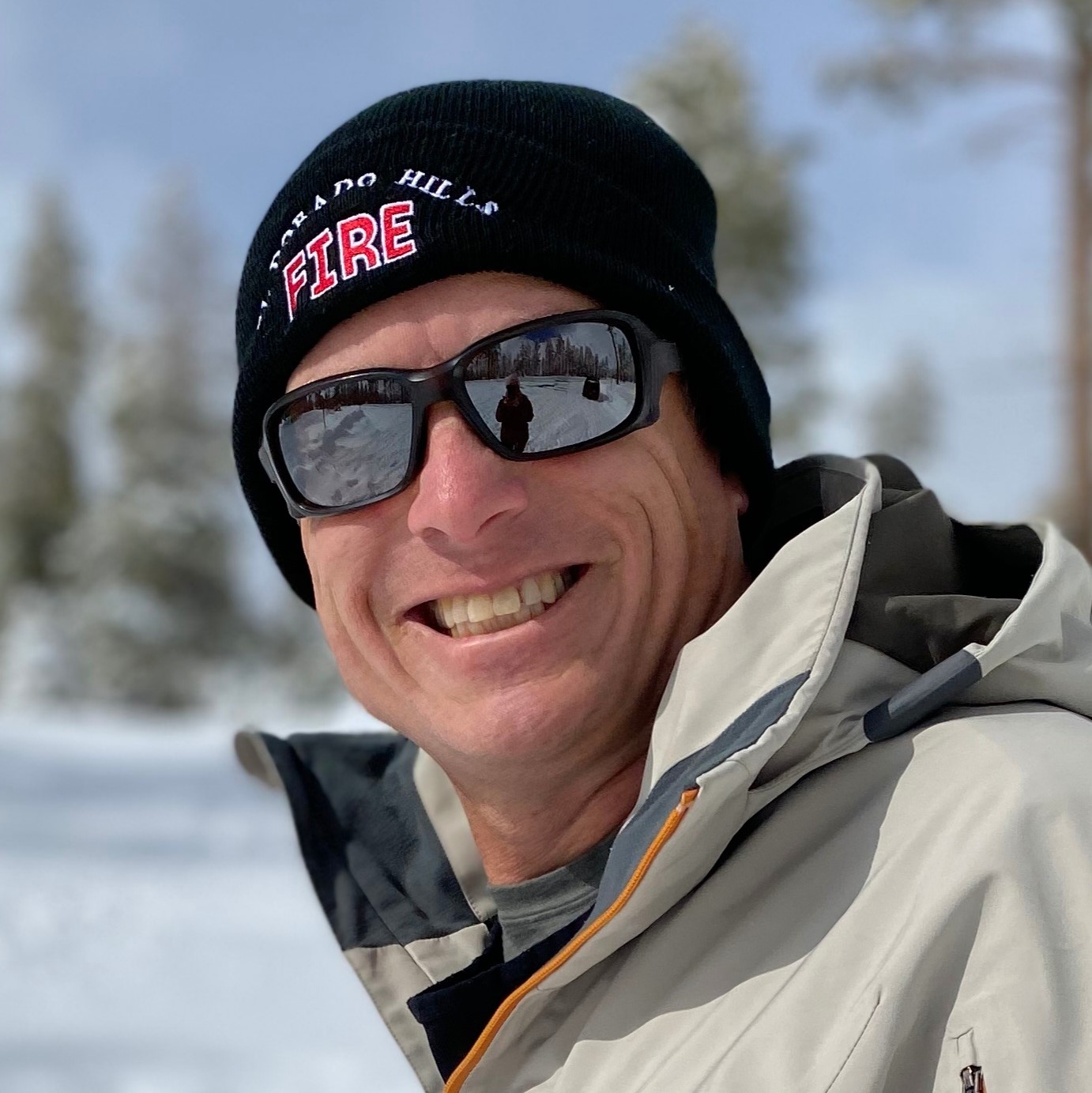
Todd Thalhamer, P.E.
Area Commander for the Camp Fire Debris Project
Todd Thalhamer is a registered civil engineer and a senior waste management engineer for CalRecycle. He has recently retired from El Dorado Hills Fire Department as a Lieutenant after 19 years of service. He received his Bachelor of Science degree in Environmental Resource Engineering from Humboldt State University in 1992. During his 27 years in the waste industry, he has managed many environmental responses, large scale debris operations, and hazardous waste removal projects. One of Todd’s duties during natural disasters is acting as CalRecycle’s Operations Section Chief for debris recovery projects where he has managed the hazardous and solid wastes from over 10,000’s residential and commercial structures destroyed by wildfires.
Todd just recently completed his duties as the Area Commander and Operations Section Chief for the Camp and Woolsey Incidents where he oversaw the removal of over 12,000 destroyed structures and reviewed over 100,000 soil confirmation samples to ensure the sites met established cleanup goals. During peak operations, over 175 task forces (crews and equipment) from both Northern and Southern California removed on average 140 homes or 40,000 tons of debris per day.
Logan Moore
Landscape Associate
Logan Moore is a Landscape Associate in Caltrans’ District 2 in Redding, CA. His Caltrans career started in 2012 as a Transportation Planner in Sacramento in Headquarters. In 2014 he transitioned to Landscape Architecture as a Landscape Associate in Eureka in District 1. After 13 months of the cold and foggy weather, he moved his family to Redding to 115 degree summers.
He has a Bachelors Degree in Landscape Architecture and Environmental Planning from Utah State University and a Masters Degree in Urban and Regional Planning from the University of Colorado Denver.
In his spare time he battles aphids in his vegetable garden, camps with his family, and paddle boards on the gorgeous Whiskey town Lake.
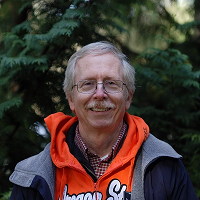
Pete Cafferata
Watershed Protection Program Manager
Pete Cafferata is the Watershed Protection Program Manager for the California Department of Forestry and Fire Protection (CAL FIRE). He has 39 years of experience providing assistance and technical support in assessing forest watershed scale projects, addressing water quality concerns related to timber harvesting, and evaluating post-fire erosion and flooding impacts. Mr. Cafferata has assisted with the collection and analysis of statewide water quality-related monitoring data from non-federal timberlands since 1991, and he has participated in the Caspar Creek Experimental Watersheds study, a cooperative long-term study between the USFS Pacific Southwest Research Station and CAL FIRE, since 1982. Additionally, he provides training on watershed topics to agency personnel and private foresters. Mr. Cafferata holds a Bachelor’s Degree in Forestry from UC Berkeley and a Master’s Degree in Forest Engineering (Hydrology) from Oregon State University. He is a Professional Hydrologist, Registered Professional Forester, and Certified Professional in Erosion and Sediment Control.

Brandon Coppedge, QSP, CESSWI
Vice President
Brandon is the Vice President of SSEC and is a Certified Erosion Control Sediment & Storm Water Inspector (CESSWI), and Qualified SWPPP Practitioner (QSP). His experience, knowledge, and dedication have been instrumental in the evolution of the erosion and sediment control industry throughout his tenure. Brandon has the managed numerous public and private projects including, dams, interstate construction, levees, bridges, airports, and more. Additionally, his expertise has led the successful completion of several fire restoration projects including, the Camp fire, Carr fire, Butte Fire, Rim Fire, Lake Fire, Mendocino Fire, Wind Complex Fire, and Clayton Fire.
Brandon was honored with the Caltrans Gold Award in Partnering for projects greater than $50 million for his role in the Golden State Hwy 99 Rehabilitation Project, and he is up for the award again in 2020.
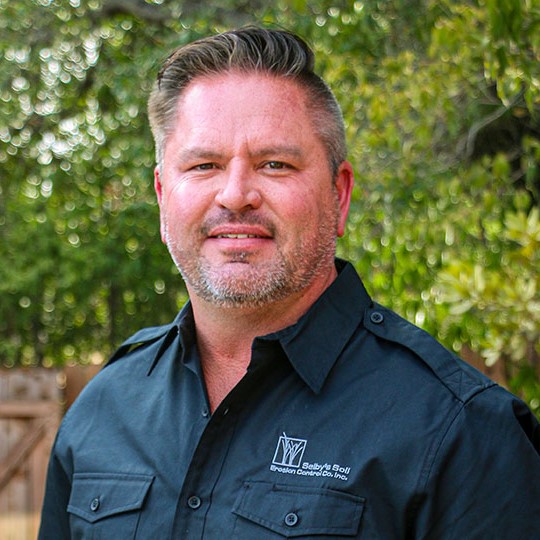
Jay R. Selby
President
Jay Selby Jr. has been in the erosion control industry since 1995. He became President of Selby’s Soil Erosion Control (SSEC) in California and Nevada in 2000, and SSEC APEX in Idaho in 2020. The SSEC family of companies lead the industry in reliable erosion and sediment control solutions with a reach that spans across the Pacific Northwest.
His father was a pioneer in making seed adhere to the side of a cut slope in 1968, and the two of them have been innovating solutions to solve environmental challenges across the country for more than half a century. SSEC has developed a reputation for swift response to wildfires, dam breaks, oil spills and other disasters including, the Oroville Dam break, the Charlotte Fire, Camp Fire, Santa Rosa Tubbs fire, Angora Fire, Rim Fire, Sleepy Hollow Fire and numerous others.
Jay is a technical expert and remains on the ground floor of new regulations, laws, and practices. He and his team remain focused on leading an environmental movement to keep projects productive and profitable without devastating earth’s wildlife and environment by finding new uses for existing resources, adapting equipment, or creating new solutions from scratch. Additionally, Jay has been instrumental in training erosion control professionals and agencies to help the industry grow and evolve.
You will receive Professional Development Hours per class in this Virtual Connection. You have the option to listen to as many presentations as you wish, however you will only receive education credit for the presentations you attended. The total number of Professional Development Hours for this event is three and a half (3.5).
IECA's Group Watch Feature is designed to save you money while still delivering our world class education. The cost is one connection at full price and then each additional connection within your organization is $15. You must be part of the same organization to purchase group watch. To purchase the group watch for your organization, please contact jack@ieca.org.





